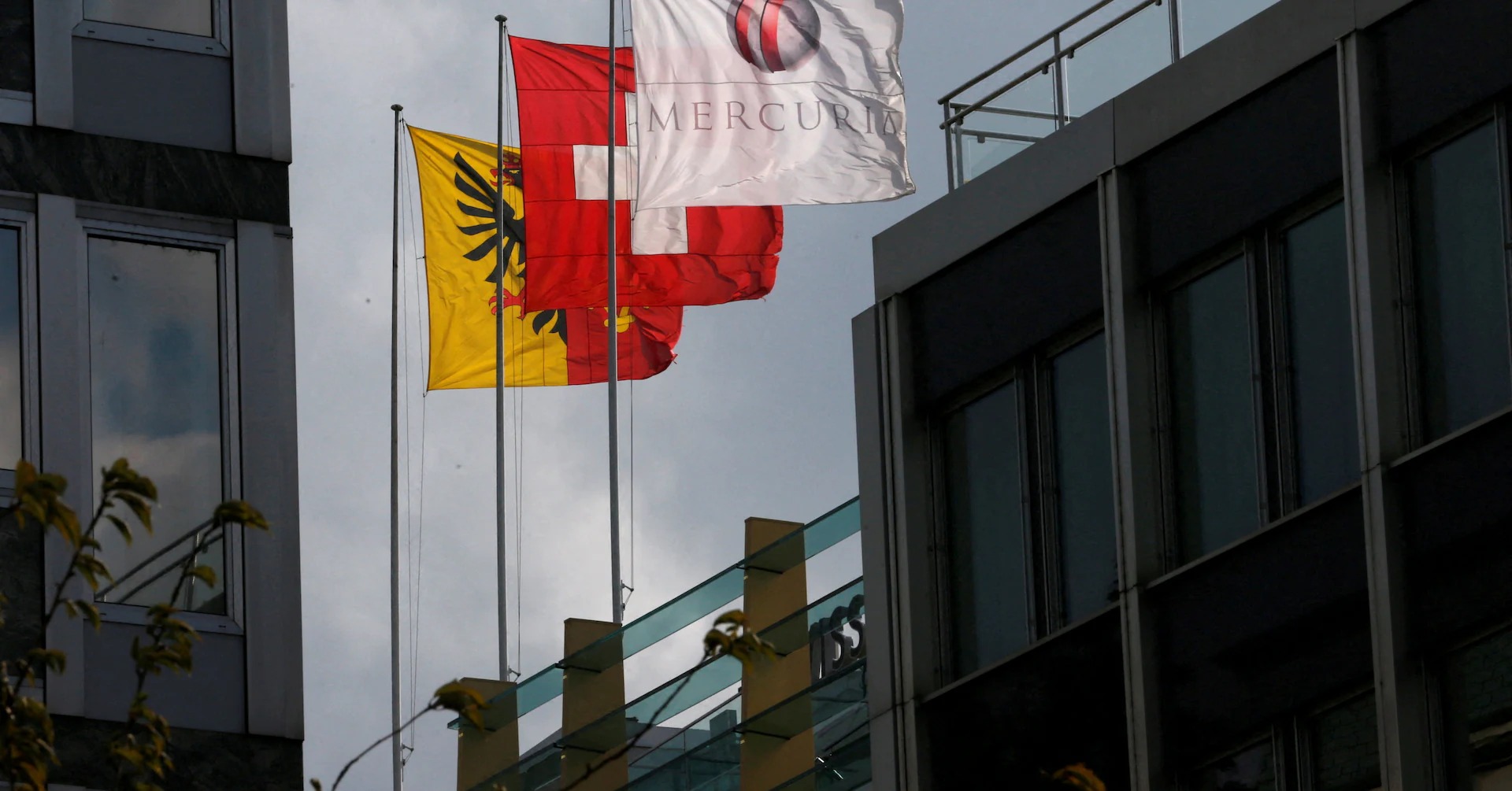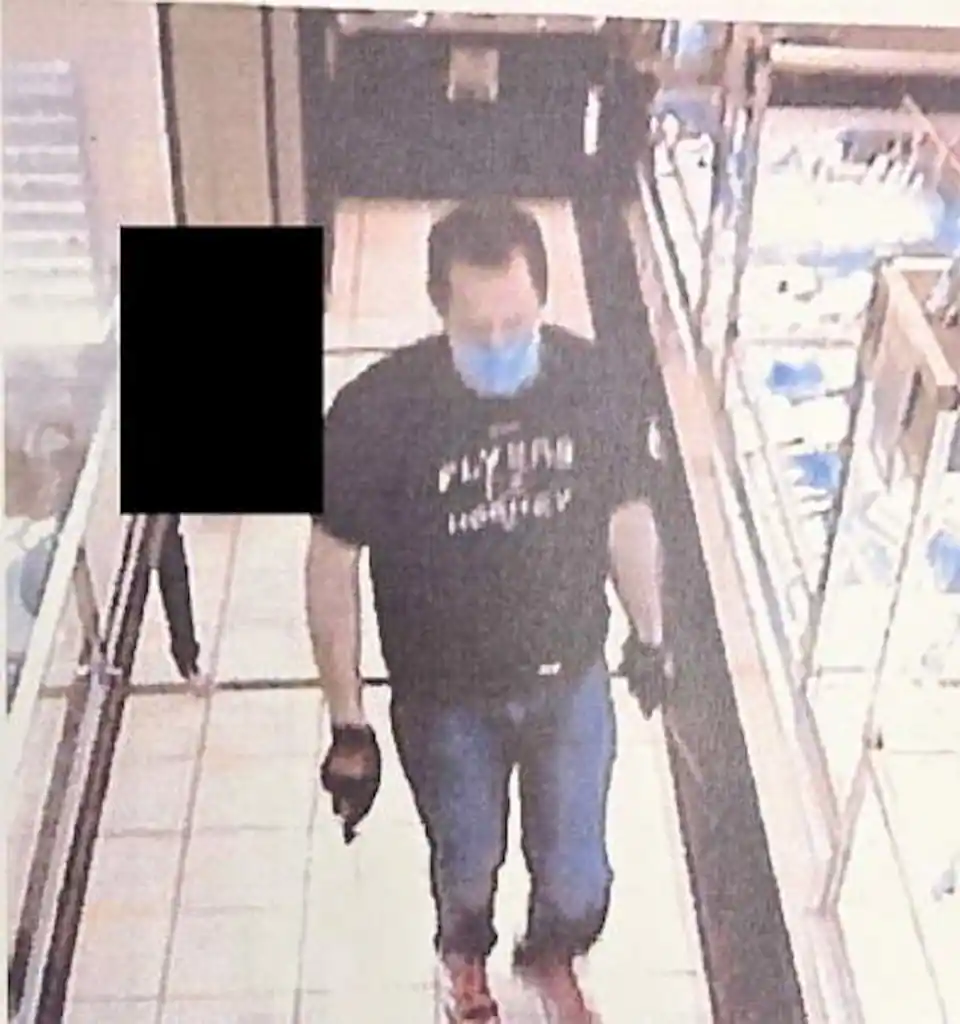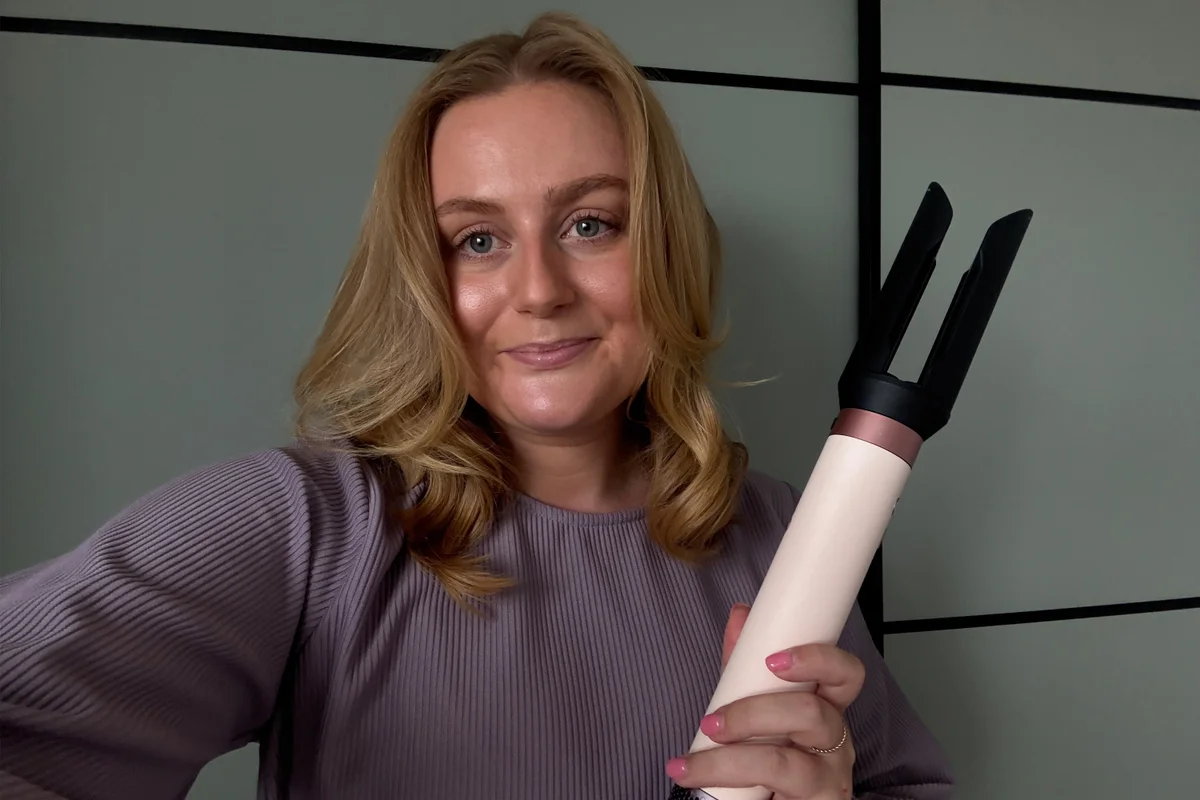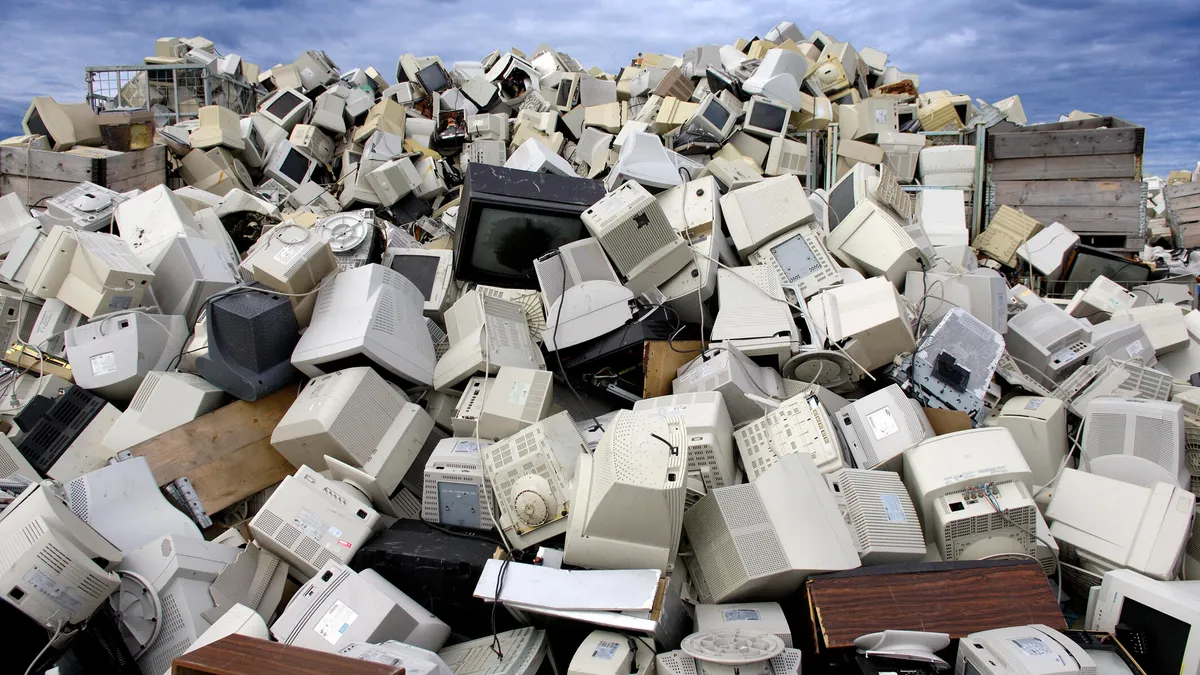
LONDON, Sept 19 (Reuters) – Mercuria has become the first major commodity house to launch physical trading in uranium, joining banks Natixis and Citibank, as an expected nuclear energy boom fuels interest in the niche market, three sources with knowledge of the matter told Reuters.
Sign up here.
All three sources asked not to be named, since the information is still confidential.
Citi and Natixis, which is part of French financial group BPCE, declined to comment.
Institutions expect to profit from a wave of planned new nuclear plants that will need to be financed and supplied with fuel, analysts and consultants said.
NUCLEAR FUEL DEMAND TO DOUBLE BY 2040
Demand for the fuel used to power nuclear reactors is expected to more than double by 2040, according to the World Nuclear Association, as governments seek to meet zero-carbon targets and technology firms scramble to source energy for AI.
Geneva-based Mercuria, a major presence in energy markets, has expanded heavily in metals in recent years, using a cash windfall from high oil and gas prices.
In December, the group poached Louis Csango from Goldman Sachs, which has a long history in uranium trading, to head its uranium operation and also work in gas and power.
It makes sense for Mercuria to leverage the uranium business with its existing power desk, because information on utilities could be useful in both areas, traders said.
“There’s a lot of interest from not just the traditional European trade houses but also from the U.S. side and there’s a few banks making their way to the sector,” said Bram Vanderelst at trading firm Curzon Uranium, one of the biggest in the sector. He declined to provide names.
Goldman Sachs and Macquarie have boosted activity in recent years along with some hedge funds in the newly buoyant sector.
HISTORICALLY HIGH URANIUM PRICES SEEN RISING
Uranium is a relatively small market compared to others like oil, gas, copper and aluminium traded by Mercuria and commodity banks.
Total global utility demand for uranium oxide concentrate (U3O8) was about 175 million pounds last year, of which 47 million or 27% was traded on the spot market, according to consultancy UxC.
U3O8 or yellowcake is a fine powder packaged in steel drums that is produced when uranium ore is chemically processed.
“If the market doubles in size in terms of nuclear power and uranium, I’m sure there will be more opportunity for traders,” said Jonathan Hinze, president of UxC.
“It’s not a market you just break into easily, it takes a few years to maybe get your footing in the market,” he added.
The spot price of uranium has more than doubled over the past five years to $77 a pound, but is well down from a peak of $106 touched in February 2024, the strongest since November 2007.
Analyst Arkady Gevorkyan at Citi expects the spot price to hit $100 a pound next year as miners may not be able to keep up with demand.
“The last 20 years, supply has always been lower than demand, but the market has been balanced by secondary supplies. Now that era is coming to an end relatively fast,” he said.
Reporting by Eric Onstad; Editing by Verobica Brown and Joe Bavier



